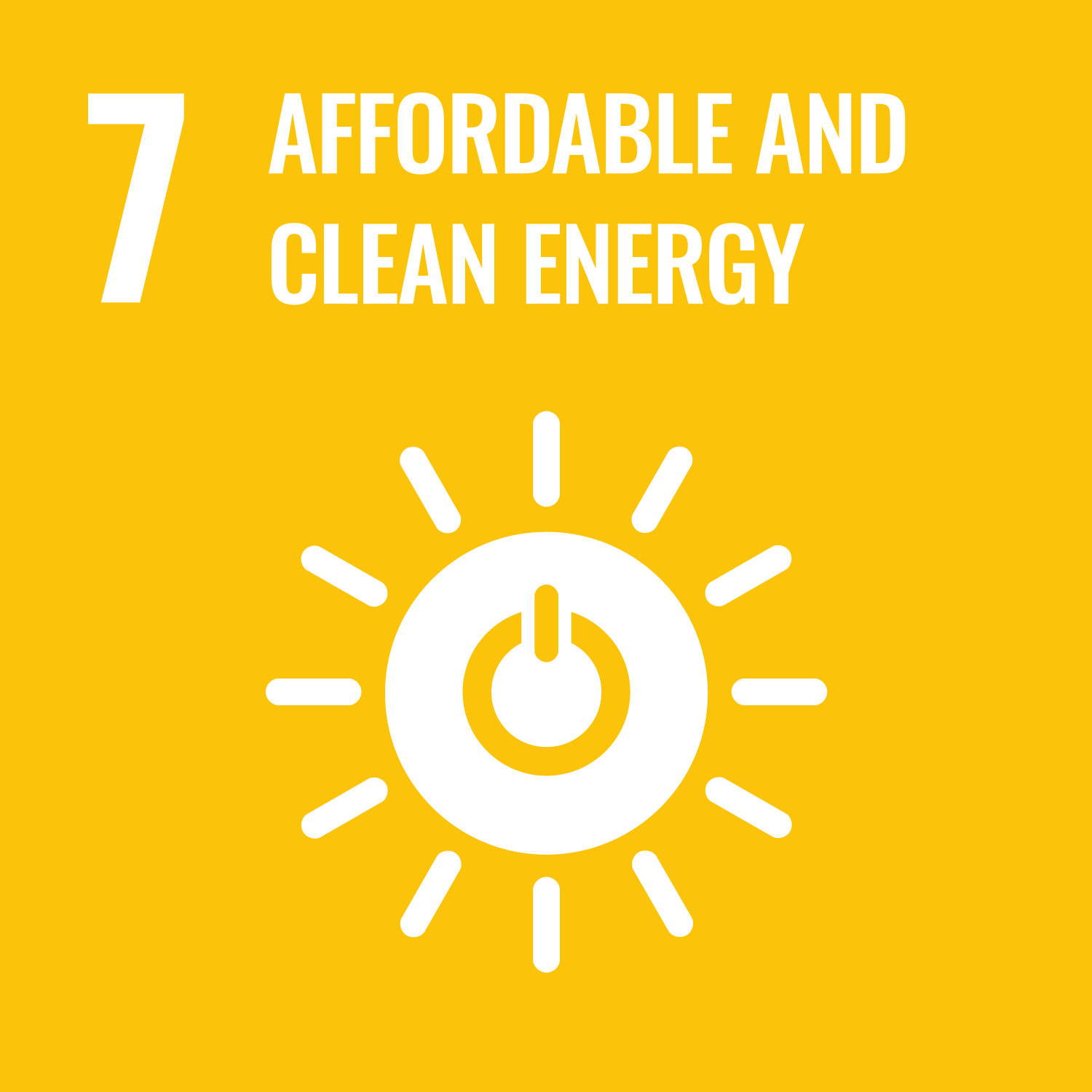ORCID
- Deborah Greaves: 0000-0003-3906-9630
Abstract
The WaveCat is a moored Wave Energy Converter design which uses wave overtopping discharge into a variable v-shaped hull, to generate electricity through low head turbines. Physical model tests of WaveCat WEC were carried out to determine the device reflection, transmission, absorption and capture coefficients based on selected wave conditions. The model scale was 1:30, with hulls of 3 m in length, 0.4 m in height and a freeboard of 0.2 m. Wave gauges monitored the surface elevation at discrete points around the experimental area, and level sensors and flowmeters recorded the amount of water captured and released by the model. Random waves of significant wave height between 0.03 m and 0.12 m and peak wave periods of 0.91 s to 2.37 s at model scale were tested. The wedge angle of the device was set to 60∘. A reflection analysis was carried out using a revised three probe method and spectral analysis of the surface elevation to determine the incident, reflected and transmitted energy. The results show that the reflection coefficient is highest (0.79) at low significant wave height and low peak wave period, the transmission coefficient is highest (0.98) at low significant wave height and high peak wave period, and absorption coefficient is highest (0.78) when significant wave height is high and peak wave period is low. The model also shows the highest Capture Width Ratio (0.015) at wavelengths on the order of model length. The results have particular implications for wave energy conversion prediction potential using this design of device.
DOI Link
Publication Date
2021-03-11
Publication Title
Journal of Marine Science and Engineering
Volume
9
Issue
3
Acceptance Date
2021-03-09
Deposit Date
2021-05-24
Embargo Period
2021-05-26
First Page
309
Last Page
309
Recommended Citation
Allen, J., Iglesias, G., Greaves, D., & Miles, J. (2021) 'Physical Modelling of the Effect on the Wave Field of the WaveCat Wave Energy Converter', Journal of Marine Science and Engineering, 9(3), pp. 309-309. Available at: 10.3390/jmse9030309


